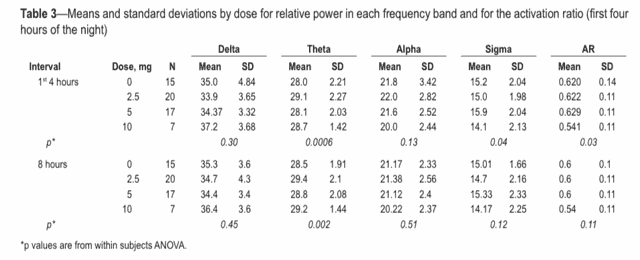Sleep Apnea is a sleep breathing disorder that is identified by pauses in breathing during sleep. These pauses range from seconds to minutes long and are usually accompanied by shallow, inefficient breathing, resulting in a night’s worth of poor respiration. As the body fights to get air, less and less oxygen reaches the blood stream. When that level becomes too low, the brain’s protective mechanism finally jolts the body awake long enough to restore breathing. A person with Sleep Apnea is actually waking up over and over throughout the night, interrupting their own rest. Think that’s scary? Here’s the worst part: you might already have Sleep Apnea. Many individuals go for years without recognizing this condition, in part because the interruptions in sleep are too brief to remember. The resulting lack of quality sleep leads to general sleepiness and irritability that many become accustomed to after forgetting what a good night’s rest can feel like.
Unfortunately, Sleep Apnea is common in adults. Close to 15% of the general population has Sleep Apnea or apnea-like breathing patterns. Even professional athletes, such as Boston Red Sox player, Mike Napoli, have had problems so serious that corrective surgery is required. In some cases, Sleep Apnea is caused by a lack of strength in breathing. Oftentimes, however, it is caused by an obstructed airway, where any part of the upper respiratory system has become kinked and closed-off. In that case the most common treatment has been the use of positive pressure devices that artificially change the pressure to draw breath into the lungs of the user. These devices work, but due to discomfort of use, many patients end up not adhering to treatment. In these cases a new option is needed. Several possible roads have emerged, ranging from positional therapy, which uses sleep positions that encourage unobstructed breathing, to electrical stimulation. The most interesting possibility to emerge, however, is the use of cannabinoids.
Most of the credit for this research goes to the University of Illinois who began the modern discussion by administering doses of Dronabinol (synthetic, orally-digestable THC) to patients with severe Obstructive Sleep Apnea. These patients had originally been scored on the Apnea-Hypopnea Index (AHI), which essentially counts the number of pauses in breathing per hour of sleep. Anything under five is considered normal, but severe cases may have over 30 pauses in breathing per hour. Researchers began by administering very small amounts of Dronabinol to these patients, starting with 2.5 mg a night and proceeding to 10 mg a night as tolerated. An average dose of a cannabis edible has between 30 to 50 mg of THC, (although here at Cornerstone we recommend a standard dose to be between 10 -15 mg) which helps frame just how low of a dose of THC 2.5 mg is. Patients continued this treatment nightly for three weeks. On the last night, new AHI scores were recorded, and throughout the experiment electroencephalograph (EEG) machines were used to monitor brain waves. EEG machines consist of any device used to record electrical signals inside or outside the brain, although the most common (and the type used in this experiment) are the kind that use electrodes glued to the scalp. This direct electrical readout allowed researchers to roughly monitor sleep stages, since each stage of sleep produces a slightly different brain wave. Sigma and alpha brain waves are faster, weaker in amplitude, and are more associated with day to day wakefulness, while theta and delta brain waves are lower in frequency, higher in amplitude and correspond to rest and relaxation. In general, the deeper the brain goes into sleep, the more theta and delta brain waves are observed.
As a result of the experiment, researchers observed subjective reports of patients having decreased daytime sleepiness. This on its own is interesting but not convincing; the effect could be some sort of placebo, a result of each patient wanting to see an improvement and therefore exhibiting bias. However, the data collected supported these statements: AHI scores were generally lower (meaning less pauses in breathing on average) and more importantly, the EEG showed a decrease in the ratio of alpha and sigma brain waves to theta and delta brain waves, as seen in the chart below:
Chart inset: Showing average relative power (observed power over total power) of each frequency band of brain wave.
Patients’ brains shifted to producing a greater ratio of calmer, more restful waves.
This study, along with the pool of evidence illustrating cannabinoids capable of altering sleep patterns, suggests a very interesting possibility for the future of treating Sleep Apnea. However, the biggest caveat remains lack of research. The current study only included 17 subjects, which was whittled down to 12 after excluding patients that might skew data due to unrelated problems. To determine the final answer, as with many subjects in the field of cannabis research, we must patiently wait for experiments to be duplicated on a larger scale. However, in the meantime, this study would indicate that cannabis is likely to have a positive effect, if any, on Sleep Apnea. Individuals worrying that cannabis could contribute to sleep breathing problems should breathe a sigh of relief.
Works Cited
Sarah Farabi, Bharati Prasad, Lauretta Quinn, et. al. (2014) Impact of Dronabinol on Quantitative Electroencephalogram Measures of Sleep in Obstructive Sleep Apnea Syndrome. Journal of Clinical Sleep Medicine (2014) 10:1.
Terri Weaver, Michael Calik, Sarah Farabi, et. al. (2014) Innovative treatments for adults with obstructive sleep apnea. Nature and Science of Sleep (2014) 6:137-147
Ian Browne. “Napoli energized, refreshed after sleep apnea surgery.” Major League Baseball official website. <<http://m.mlb.com/news/article/107494904/refreshed-red-sox-first-baseman-mike-napoli-moves-past-sleep-apnea>> Accessed January 26, 2015.


